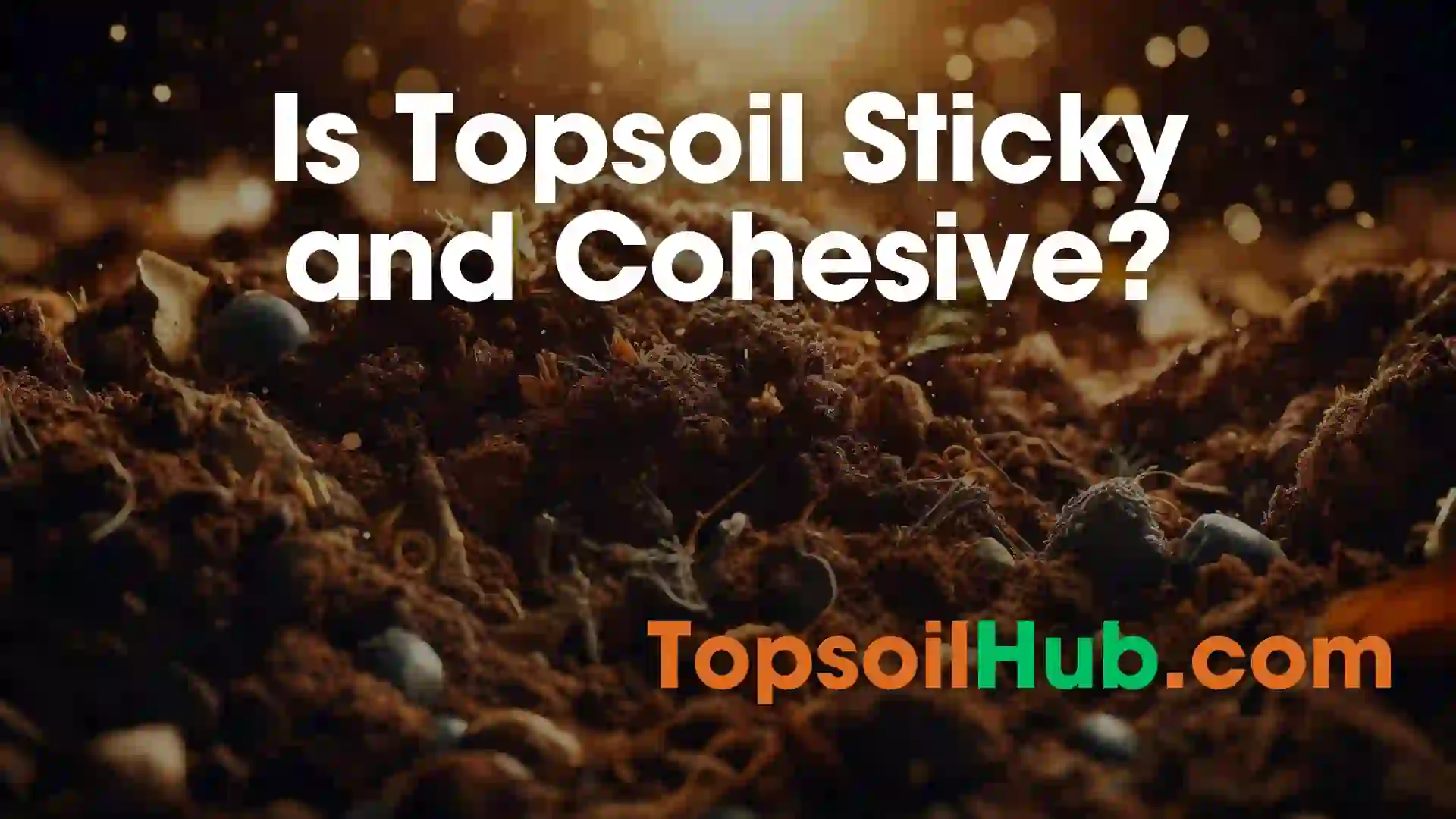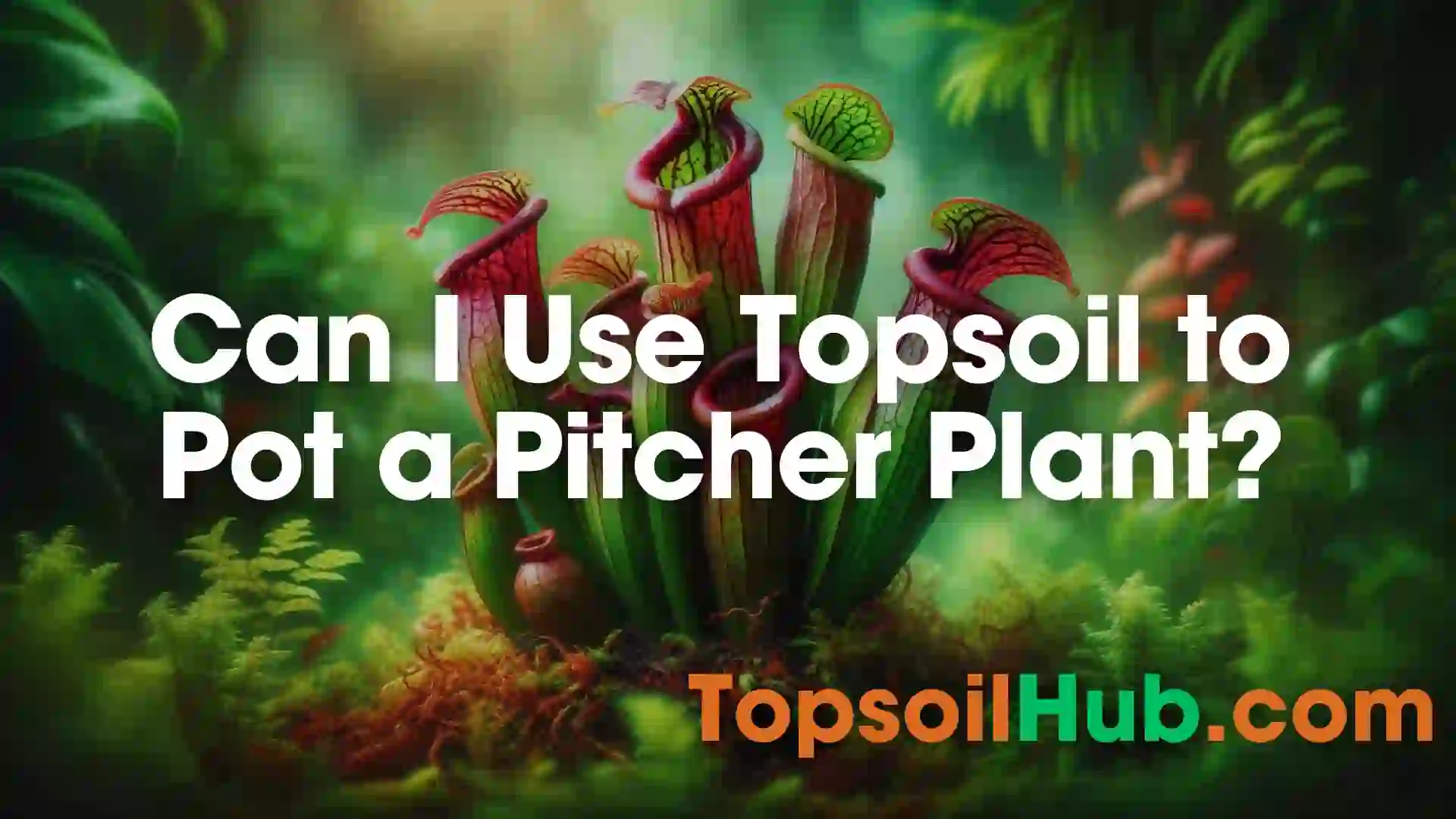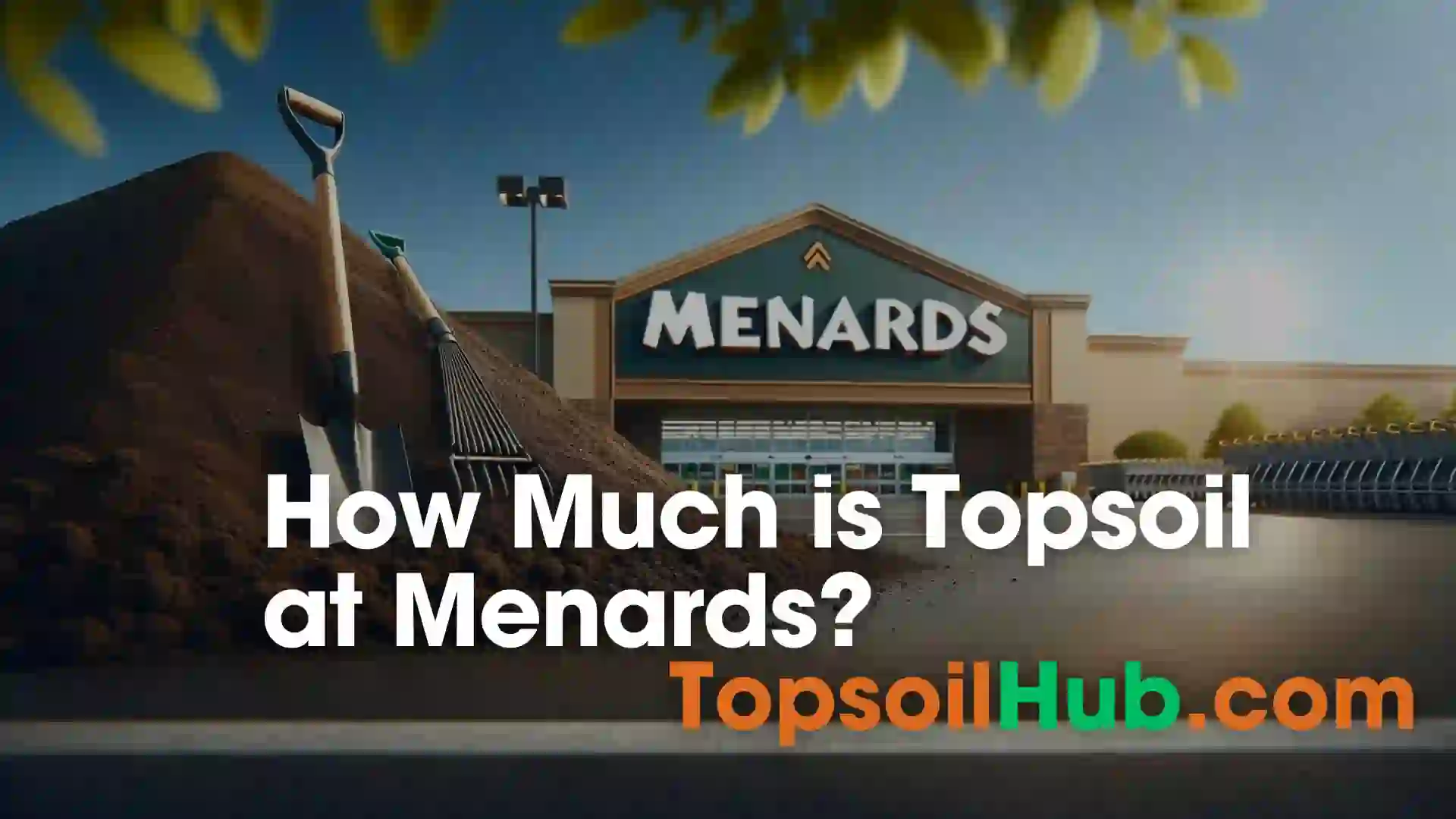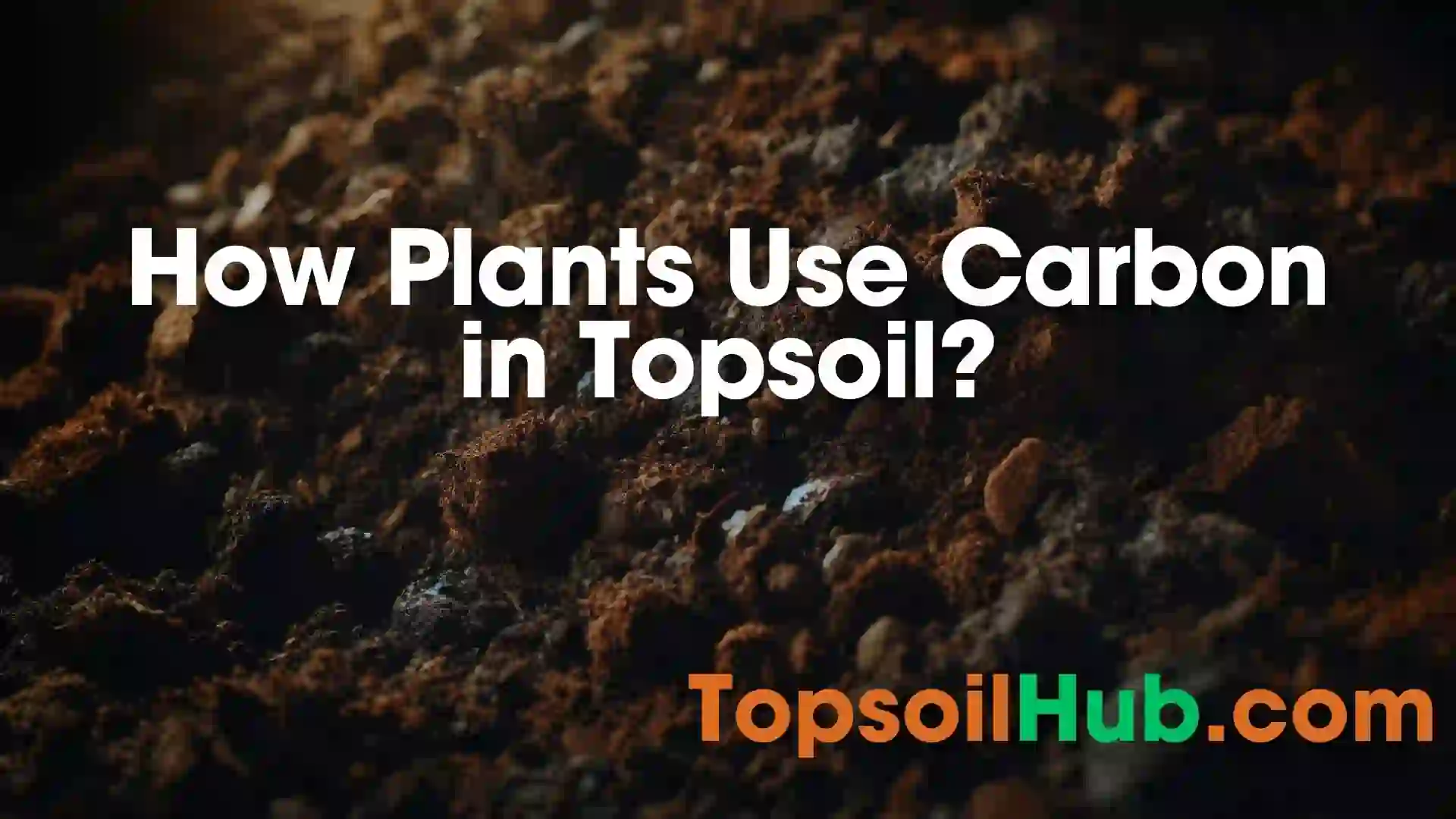Can You Plant Flowers in Topsoil? A Guide for Gardeners
Do you love gardening and want to grow beautiful flowers in your backyard? If so, you might be curious about what kind of soil you need to use for your flower bed. One of the most common types of soil that gardeners use is topsoil. But can you plant flowers in topsoil? Is it good enough for your floral needs?
In this blog post, we will answer these questions and tell you everything you need to know about topsoil, how it differs from other types of soil, and how to use it properly for planting flowers. We will also give you some tips and tricks to improve your topsoil and make it more suitable for your flower garden.
Can You Plant Flowers in Topsoil? – Quick Answer
Yes, you can plant flowers in topsoil as long as the soil extends to the depth needed for the plants you want to grow and has the correct pH level. Plants need to be planted in the correct soil and at the right depth in order to thrive. Topsoil is an ideal choice as it contains all the nutrients necessary for healthy plant growth. Additionally, it should be tested to ensure the right pH level. In the upcoming sections, we will share a complete process from starting to ending on how to plant flowers in topsoil. Let’s get started.
Know Your Flowers’ Soil Preferences
First, you need to know what kind of flowers you want to grow and what their soil requirements are. Different flowers may prefer different soil pH, drainage, texture, and fertility levels. For example, roses like slightly acidic soil with good drainage and plenty of organic matter, while lavender likes alkaline soil with low fertility and excellent drainage. Here are some examples of common flowers and their soil preferences:
1. Roses:
pH 6.0-6.5, well-drained loamy soil with high organic matter
2. Lavender:
pH 7.0-8.0, sandy or gravelly soil with low fertility and excellent drainage
3. Daffodils:
pH 6.0-7.0, moist but well-drained loamy soil with moderate fertility
4. Sunflowers:
pH 6.0-7.5, rich and moist loamy soil with high fertility
5. Orchids:
pH 5.5-6.5, airy and well-drained potting mix with bark, perlite, or peat moss
Test Your Existing Soil Condition
Second, you need to test your existing soil to see what its condition is. You can use a soil test kit or send a sample to a lab to find out its pH, nutrient levels, texture, and organic matter content. This will help you determine what kind of topsoil you need to add or amend your soil.
A soil test kit is a simple and inexpensive way to measure the pH and nutrient levels of your soil. You can buy one from a garden center or online. To use it, you just need to collect a soil sample from your flower bed or container, mix it with water and a chemical indicator, and compare the color change with a chart provided in the kit.
A lab test is a more accurate and comprehensive way to analyze your soil. You can send a soil sample to a local extension service or a private lab. To collect a soil sample, you need to dig several holes in your flower bed or container, take a slice of soil from each hole, mix them together in a clean bucket, and fill a plastic bag with about one cup of the mixture. A lab test will give you detailed information about your soil’s pH, nutrient levels, texture, organic matter content, and other properties.
Choose a Topsoil that Matches Your Needs
Third, you need to choose a topsoil that matches your flowers’ needs and your soil’s condition. You can buy topsoil from a garden center or a reputable supplier, or you can make your own by composting organic materials.
When buying topsoil, look for loamy soil that is dark in color, lightweight in texture, and free of stones, weeds, and contaminants. When making your own topsoil, use a mix of green and brown materials, such as grass clippings, leaves, kitchen scraps, straw, wood chips, etc.
Here are some factors to consider when choosing a topsoil:
1. pH:
The pH level of your topsoil should match the pH level of your flowers, which you can find out by doing some research or consulting a gardening expert. For example, if you want to grow roses, you should look for a topsoil that has a pH of 6.0-6.5. If your topsoil is too acidic or too alkaline, you can adjust it by adding lime or sulfur respectively.
2. Drainage:
The drainage of your topsoil should match the drainage needs of your flowers, which you can find out by observing how quickly water drains from your soil. For example, if you want to grow lavender, you should look for a topsoil that has excellent drainage and does not retain too much moisture. If your topsoil is too wet or too dry, you can improve it by adding sand or organic matter, respectively.
3. Texture:
The texture of your topsoil should match the texture preferences of your flowers, which you can find out by feeling how coarse or fine your soil is. For example, if you want to grow daffodils, you should look for a topsoil that has a loamy texture and does not compact easily. If your topsoil is too clayey or too sandy, you can improve it by adding organic matter or clay, respectively.
4. Fertility:
The fertility of your topsoil should match the fertility requirements of your flowers, which you can find out by testing the nutrient levels of your soil. For example, if you want to grow sunflowers, you should look for a topsoil that has high fertility and contains plenty of nitrogen, phosphorus, and potassium. If your topsoil is too poor or too rich, you can balance it by adding fertilizer or compost, respectively.
Tips and Tricks to Improve Your Topsoil
Finally, here are some tips and tricks to improve your topsoil and make it more suitable for your flower garden:
1. Mulch:
Mulching is the process of covering the surface of your soil with a layer of organic material, such as straw, leaves, wood chips, etc. Mulching helps to conserve moisture, prevent weeds, moderate temperature, and add nutrients to your soil as it decomposes.
2. Compost:
Composting is the process of turning organic waste, such as kitchen scraps, grass clippings, leaves, etc., into a rich and fertile soil amendment. Composting helps to improve the structure, drainage, texture, and fertility of your soil. You can make your own compost pile or bin in your backyard or buy ready-made compost from a garden center or a supplier.
3. Worms:
Worms are beneficial creatures that help to aerate and enrich your soil. Worms feed on organic matter and produce worm castings, which are a natural fertilizer for your plants. You can attract worms to your soil by adding organic matter and keeping it moist but not soggy. You can also buy worms from a garden center or a supplier and add them to your soil.
Conclusion:
In conclusion, topsoil can be an excellent medium for planting flowers as long as it is amended properly. The key is to test your existing soil, choose a topsoil that matches your flowers’ needs in terms of pH, drainage, texture, and fertility, and improve the topsoil with organic matter, compost, and worms. Each type of flower has particular soil requirements, so do your research beforehand. With the right amendments, topsoil contains all the nutrients flowers need to thrive. Test and adjust the pH to your flowers’ ideal range.
Improve drainage and texture by adding sand, compost, or clay as needed. Boost fertility with compost and fertilizer. And don’t forget to mulch to retain moisture and prevent weeds. With some TLC, your topsoil can be transformed into the perfect flower bed for your backyard. Follow this guide, and you’ll be rewarded with a gorgeous, blossoming garden.
We hope you found this blog post informative and engaging. If you did, please share it with your friends and family who might also be interested in gardening. If you have any questions or comments, please leave them below. We would love to hear from you!







